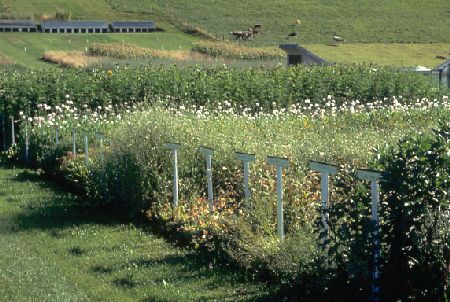On the one hand, this leads to a reduction in seed requirements, which has a cost impact, but on the other hand, the question must be clarified as to the relationship between cost reduction and reduced yield. If the seeding rate is reduced to almost half (250 grains/m² instead of 400 grains/m²), it must be determined how high the yield losses are at these low seeding rates and whether compensation is possible through greater tillering. Results from trials in favorable locations are already available for winter cereals (Oberforster, 2001). There are also positive experiences with very low seed rates from northern Germany. In this regard, there is great interest on the part of the practice and the Knittelfeld District Farmers' Chamber in this question. However, the question of weed infestation with reduced seed rates must be examined, or it must be clarified whether more plant protection is required as a result. Even if it can be assumed that cereal plants will be more heavily tilled at low seed rates, weed infestation in areas in wetlands will probably be greater than with cereals grown at higher seed rates.

Plant test field in Gumpenstein
HBLFA Raumberg-Gumpenstein





